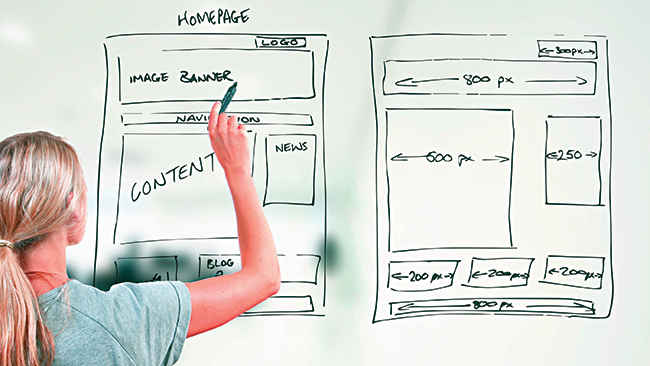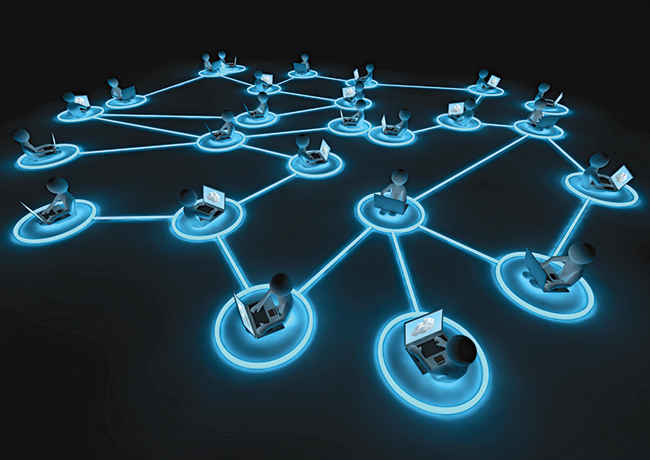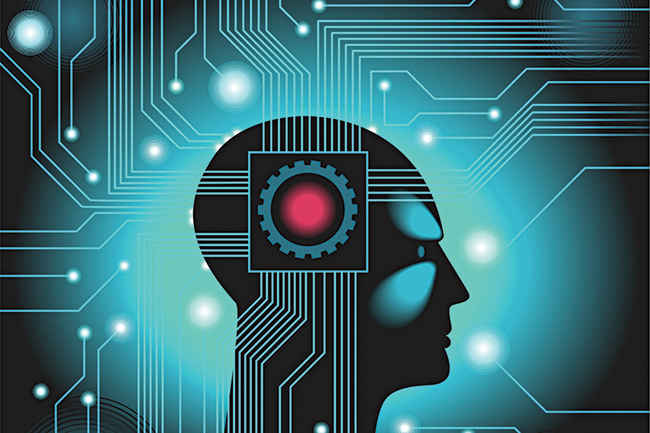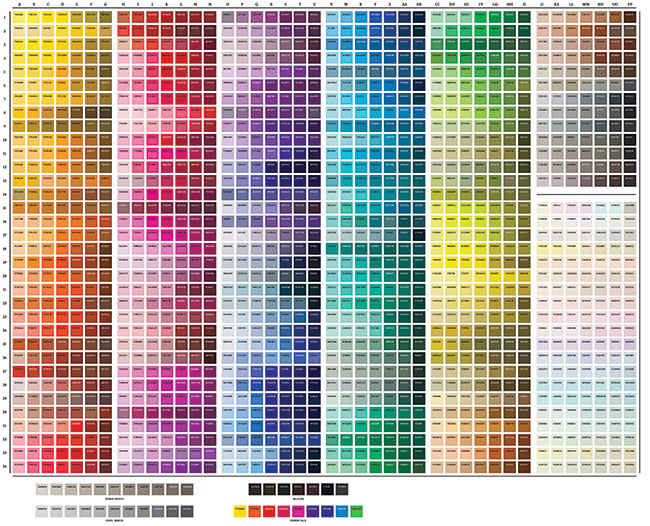The future of UX design
A look at what the future holds for User Experience Design
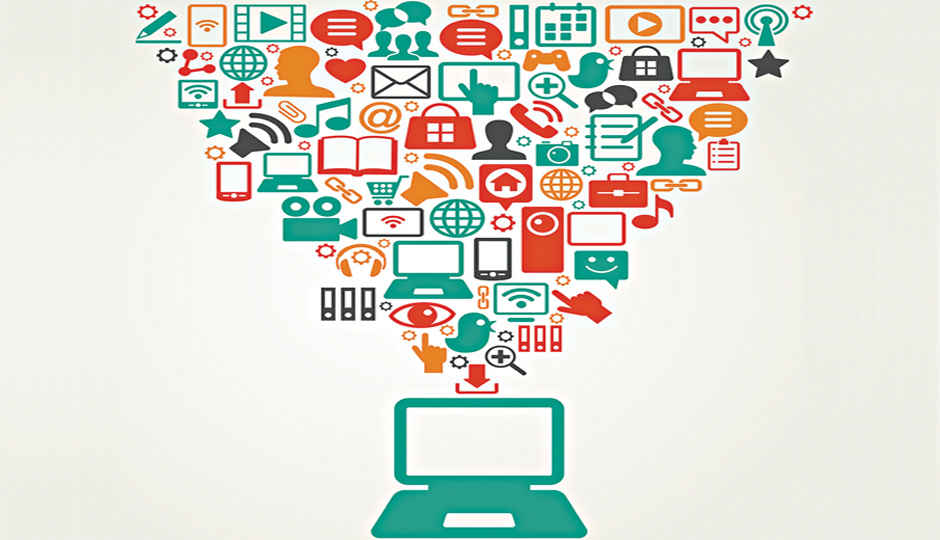
We’ve watched users (sometimes for hours) doing or not doing anticipated actions. Users form the spine of our interactions. They interact and hence we design. User Experience design is thus about winning the user’s heart by designing simple, easy-to-use interfaces that encourage interactions. Luckily more and more technology companies are awakening to the need of stunning, precisely designed user experience. We’re starting to move to whys and hows of user’s behaviour, instead of sticking to whats. We take time to analyse why users perform certain actions on our application and how they perceive certain information, instead of sticking to what number of people leave that page.
 Survey
SurveyUX has grown from just creating layouts of pages and taking them out for user research to participating in discussions of UX and digital business strategy. UX has seen it all, from desktops and tablets to smartphones. I believe that the future of UX is exploding, and it is bursting to birth its new avatar, which will be delivered to us in various shapes and numerous dimensions.
Below are some things we think are pertinent to UX and its future:
1. User Experience teams won’t be handed a part of the product. They’ll lead the product.
UX teams will no longer be handed the part of the product that needs layouts, graphics and user research. Instead, User Research teams would lead the product by defining user needs, gaps, iterations, next generation versions, etc. In short, user experience teams will achieve sales targets of digital products.
Redefining the goals of the UX team
2. Clicks and interactions will be rewritten
While the focus so far has been on reducing the number of clicks, the future holds the promise of no clicks whatsoever. Interactions will reach a pinnacle with no clicks required to reach the destination. Interactions will be hand-gestured or voice-activated and experience will revolve around soft and polite voice versus gruffy voice.
3. Conversational interfaces
UX in future would be conversational. Users would interact with their gadgets by conversing with them. Say you’re at the airport, eagerly waiting for your husband, who’s returning from a long foreign trip. The gadget will constantly update you about his flight status, his seat number and exactly how far your husband is from the exit of the airport.
We’d talk to our car systems. Instead of turning volumes up and and down, we’d just say if we’re feeling too cold/hot and the AC will automatically adjust to a comfortable temperature.
4. Crowd-sourced design
Crowd-sourced design or participatory design would take inputs from a much larger audience via the power of the internet. UX designers would need to be equipped with tools to harness the power of the crowd. Online and remote testing tools would become important to reach out to a larger audience and gather their feedback, ideas and suggestions.
Two heads are better than one? How about a million?
5. Customised / Personalised experience
Experience will no longer be generic. My son won’t see what my old, senile neighbour will see when they open the same online shop. The shops will recognise and serve them with crafted and personalised products, promotions and graphics based on big data.
I love movies, and if it weren’t for personalised recommendations thrown at me by Netflix and the likes, I’d never discover movies that I should have watched but never knew existed.
6. Anticipating user’s needs
The user’s needs would be anticipated and met. For example, if he picks up a reading app, it will automatically pick up where he left off no matter which device he was reading on last. He wouldn’t have to hunt for the last page where he stopped reading.
If the user entered a kitchen, there would be an automatic alarm on his phone warning him of rotting vegetables and fruits since they haven’t been consumed even after six days of purchase.
Predicting user’s behaviour and creating a smooth, enjoyable experience would be mandatory.
Will UX of the future be able to anticipate exactly what you would need before you know it yourself?
7. Artificial Intelligence
Artificial Intelligence has come a long way, from helping us find a location when we’re lost on the street (Google Maps) to ordering food from any of the nearby restaurants and enabling us to chat with whoever is online. However, a lot of AI is yet to be discovered for use in our daily lives. Robots who cook, talk and date are all round the corner. User Experience designers face the challenge of humanising experiences for these Roombas of the world.
There would always be a debate around the impact of AI on humanity, but we as UX designers need to be armed with solutions to this puzzle.
Call center IVRs will no longer be automated messages asking to press buttons in a monotonous tone. There would be unique individuals taking the caller to his desired path in a faster way with a conversational tone. These paths, voice modulations and reactions would need to be defined by UX designers. UX would teach the IVR to recognise signs of frustration and identify opportunities for empathy
Intelligent User experience designs – the next big thing in UX
8. Experience all around
Experience will no longer be limited to mobile and desktop screens. With IoT (Internet of Things) working its way into every nook and cranny of our lives, experience will be everywhere – in our clothes (yes, even in our undergarments), glasses, watches, etc.
9. Colours and Typography
Serif or Sans Serif will no longer be a debate. They’ll both rule layouts. Bold, easy-to-understand and shorter versions of communication will be the future. Material Design palette defining brighter colours will be here to stay. Brighter, bolder colours signifying independence of thoughts, actions and deeds will be the future.
Forget the overdone options, now go all out!
Conclusion
User Experience and its body of knowledge is in itself undergoing changes as is the user and his behaviour towards technology. As the demand for good User Design is rapidly increasing, the field of UX is also growing. As more people embrace technology, the challenge isn’t making users aware of certain functions, the challenge now is making users unaware of the function and letting the function automatically happen.
I strongly believe (and I have reasons to!) that with UX taking the forefront, the digital world will be a happier and contented place. However, the future can’t be predicted precisely, and that’s a good thing, because if we were certain about the future, we wouldn’t be able to change it. The whole point of forecasting is to give insights, which allow us to make the future better!
Note about the author : This article has been contributed on invitation by Neha Modgil, Global Design Head – Techved Consulting. Neha (B Architecture, Masters in Design, SPA) began her venture in 2007 with a small group of design professionals to provide website solutions, however with a sudden boom in the demand for internet & smart phones, Neha then decided to provide complete solutions to her clients and included software, mobile app designing & digital marketing solutions. Neha rose from being a Consultant to an owner of a start-up company of the few people to an entrepreneur of a company with strength of 100 employees.
